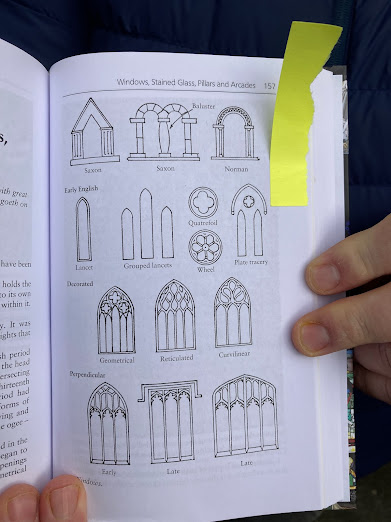You may have heard of Black Anna, the landlady of the Jolly Butchers on Ber Street. She became famous for her jazz renditions in the pub and people flocked to see and hear her perform. She was from Italian descent and her real name was Antoinette Hannent and it looks like that she learnt about jazz from the U.S. servicemen during WWII. Sadly she died in 1976 and the pub closed in the same year. Here is a film of her being interviewed and also performing, the performances are at the start and the end of the film, just select the Watch For Free button:
https://player.bfi.org.uk/free/film/watch-life-and-music-of-black-anna-1973-online
Here is an article that provides more information about Black Anna:
https://norfolkrecordofficeblog.org/antoinette-hannent-black-anna/


